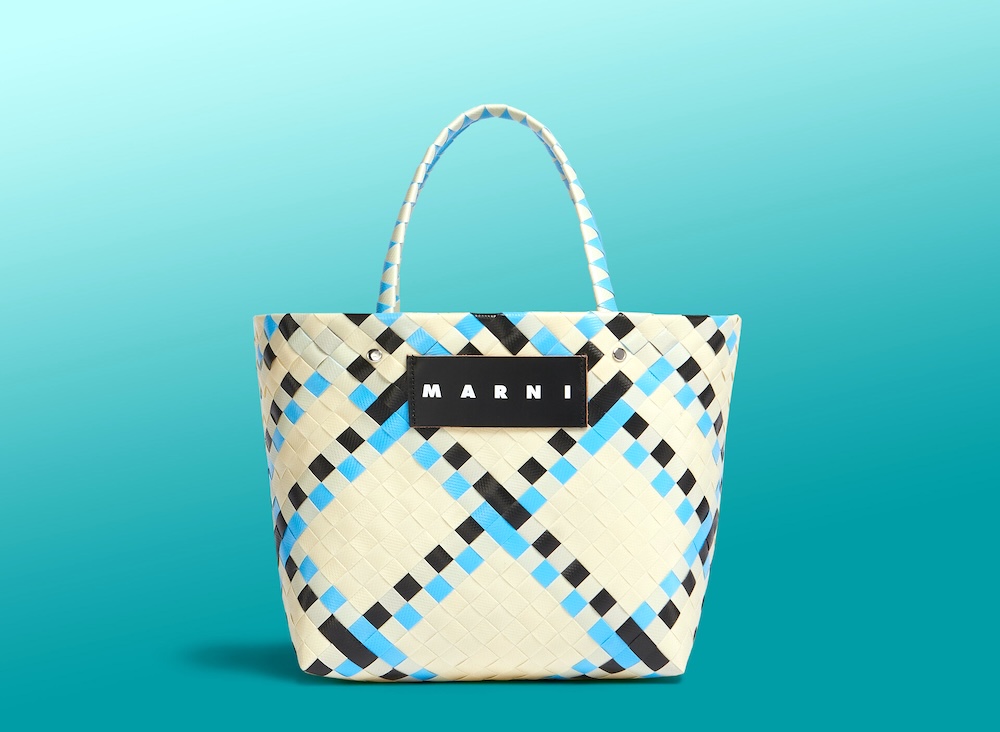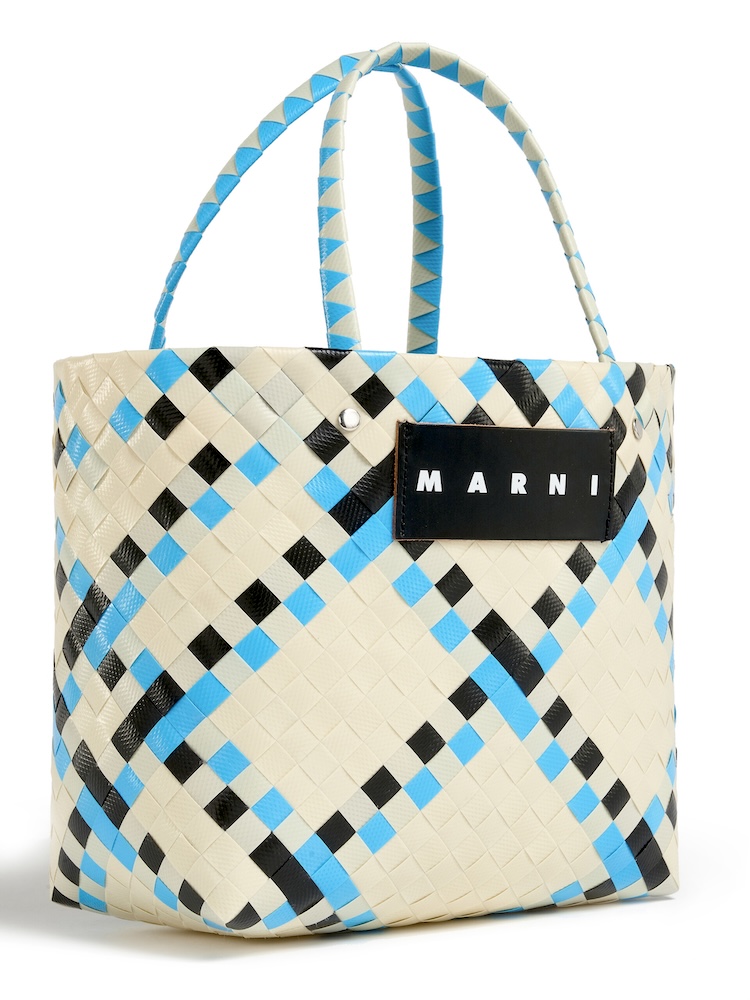This designer bayong retails for P13,000. It’s called the Marni Market bag

The Marni Market bag, which retails for P13,000 looks a lot like our very own bayong. Except it’s made in Colombia | Photo from Marni’s website
For P100 to P300, depending on size, you can free yourself from the burden of having to carry multiple bags during your palengke run, all thanks to our trusty bayong. If you want it to last longer than a few trips to the wet market, you’d go for the sturdy plastic bayong. For a rustic feel, go the traditional route and get one made of dried buri palm, pandan, or rattan leaves. And if you have P13,000 to burn, by all means, get the Marni Market bag.
Listed on the Italian luxury fashion house’s website among many other colorful bags retailing anywhere from €120 to €690 (approximately P7,000 to P40,000) is the woven tote bag, which we may know locally as bayong.
You might also like: Basahan makers in Payatas hope their P15 mats get same recognition, value as American design
The bag is part of the Marni Market collection of bags, accessories, and furniture, an ongoing limited series crafted in collaboration with communities of Colombian artisans.
View this post on Instagram
According to its website, the collaboration with artisans in Colombia through a specialist local manufacturing collective started in 2015. It is “an expression of Marni’s continued commitment to the preservation of artisan traditional crafts and its commitment to supporting local communities.”
The Marni Market bag comes in different sizes and colors, each distinctly handwoven to create colorful and interesting patterns.

Marni’s website describes the Marni Market bag as “a multicoloured woven shopper with two-tone flat twin handles. Front black leather tag with logo.” | Photo from Marni’s website
While we Filipinos have been making the bayong with a variety of dried leaves, presumably even before we were colonized, Colombia, it turns out, also has a traditional woven bag industry. A quick online search showed that Marni’s design takes more from Colombia’s more squared market bag with longer handles. A similar design from this website retails for £55 or almost P4,000.
What we often see in local markets here are oftentimes more rectangular in shape with shorter handles. Nonetheless, the two designs share the same material: plastic.
In 2016, Balenciaga debuted the Bazar bag, which is eerily reminiscent of shopping bags found in Southeast Asian markets. Years prior, fashion houses Louis Vuitton and Celine have similarly drawn flak for their “luxury” versions of the ubiquitous plaid nylon shopper.
Would you buy the Marni Market bag?

